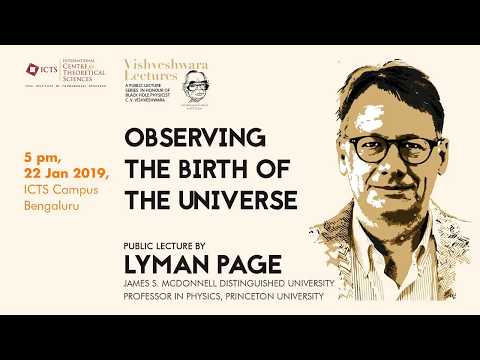Description:
Embark on a cosmic journey through a captivating lecture that explores the birth of the universe. Delve into the mysteries of the cosmic microwave background (CMB) and its role in understanding the primordial universe. Discover how observational techniques have advanced to create exquisite images of the CMB, allowing for precise comparisons with cosmological models. Explore the standard cosmological model, a comprehensive framework that combines CMB observations with other cosmic probes. Learn about the expanding universe, the concept of the "Hubble Patch," and how telescopes function as time machines due to the finite speed of light. Investigate the measurements at the heart of the standard model, including angular power spectra and model parameters. Examine frontier topics such as gravitational waves and their potential origins in the early universe. Gain insights into recent results and ongoing projects like the Simons Observatory. Conclude with a Q&A session to further explore this fascinating subject.
Read more

Observing the Birth of the Universe by Lyman Page
Add to list